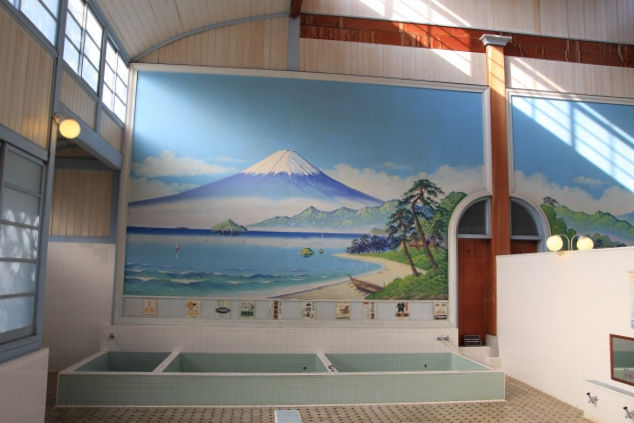Doutonbori (道頓堀)
- BJLC School
- Mar 4, 2021
- 2 min read
If you have ever been to Osaka before, you might be familiar with the Doutonbori's eye-catching signage and billboards. They create an amusement park-like atmosphere on the bustling streets at night.
Of all these signs, the most well-known one is the Glico running man located in Doutonbori-Ebisubashi. It is hard not to notice this sign when you walk pass as you will see tons of tourists taking photos with it.

You may wonder why the running man is so popular? In fact, the current running man sign is the 6th generation.
Riichi Ezaki is the founder of Glico. He experimented and discovered that oyster contains generous amounts of glycogen, a substance that serves as a form of energy storage in human and animals.
The extract of glycogen helped with Riichi Ezaki’s son's symptoms of typhus. Riichi then decided to produce healthy food, particularly in confectionery, to help improve children's health.
The company launched its first product, Glico Caramel, which featured a running man on its candy boxes with the printing of “300 Meters on a Single Piece”.
With Glico's successful campaign and marketing, the first sign was put up in 1935. The sign depicting a giant athlete on a blue track is a symbol of Glico candy.
The first 5 generations were all neon signs while the current 6th generation sign is LED. With each generation, the design of the time and the surrounding landscape have both been carefully reproduced.
The signs have been altered on several occasions to celebrate events such as the World Cup and to show support for the Osaka baseball team, the Hanshin Tigers.
This is no wonder the Glico running man sign has become one of Osaka's famous landmarks.
If you are interested in the history of Glico running man sign, you can visit the Ezaki Memorial Museum in Nishiyodogawa-ku when you visit Osaka next time.
The Brisbane Japanese Language and Culture School www.brisbanejapaneseschool.com







Comments